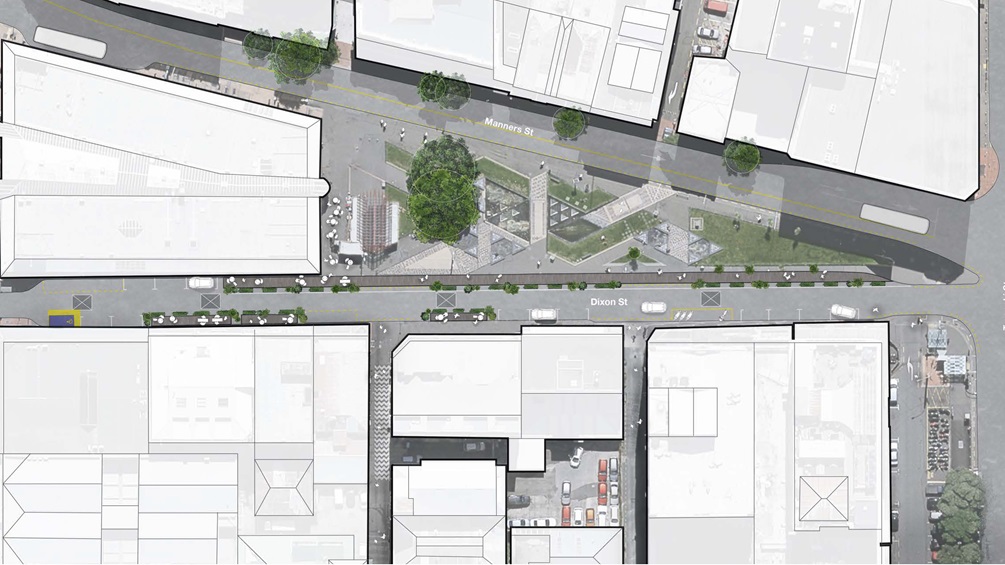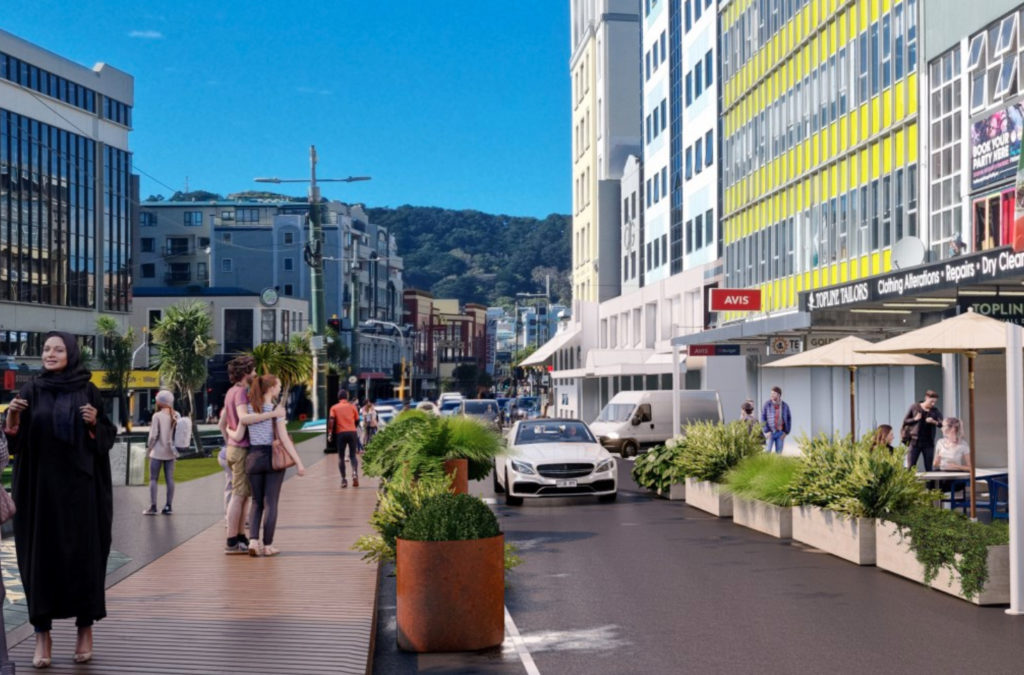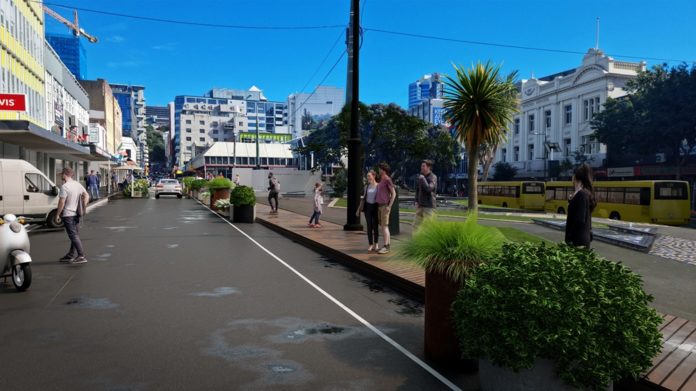The application of international anti-crime design principles look set to unlock the potential of the inner city Wellington suburb of Te Aro, making it a safer and more welcome place to visit.
Wellington City Council is incorporating Crime Prevention through Environmental Design (CPTED) techniques into its redevelopment of Te Aro’s Dixon Street in a bid to make residents feel safer in the area.
“Twelve months ago, when the community came together to tell us they didn’t feel safe in the central city anymore, many concerns centred around the Te Aro Park/Dixon Street area. Our data supported this, and we could see that some things needed to change,” Council said in a statement.
“When the Pōneke Promise was launched, we made a commitment with our Partners to improve the feeling of safety and vibrancy in the central city. We’ve delivered some great changes and initiatives for the city so far, and revitalising Dixon Street is next on the list with work due to start early July 2022.”
Urban Regeneration and Design Manager, Farzad Zamani said the work was about much more than aesthetics.
“There are some unique challenges in the area including the lack of visibility into the park past the parked cars, blind spots, narrow footpaths and lack of activation.”
“Using CPTED principles, the new design addresses these issues by creating better sightlines to and from the park, slowing the traffic, and providing more pedestrian and outdoor dining space,” Dr Zamani said.

Council says local businesses in the area are supportive of the changes and several have already signed up for parklets which will allow them to host outdoor dining.
It said the changes are transitionary until Let’s Get Wellington Moving starts work on the Golden Mile in late 2023, but as Dr Zamani explains, it’s going to make a big difference in the meantime.
“The changes will breathe life back into Dixon Street by increasing vibrancy and opening it up to people, which will in turn increase passive surveillance or ‘eyes on’ the street,” he said.
“The buzz of people in a public space does a lot for the perception of safety, and that’s something we’re confident will make a big difference in the area.”

The work includes:
- Widening the footpath along the northern side of Dixon Street with wooden decking. This will visually and physically connect Te Aro Park to the wider area and provide better sightlines to and from the park.
- Planters alongside help to slow down traffic, create clear boundaries between the street and pedestrian space, and improve the look and feel of the area.
- Installing wooden decking and more planters to enable two ‘parklets’ along the southern side, providing opportunities for public seating and outdoor dining.
- Installing two additional speed cushions to slow traffic and improve pedestrian safety.
The changes mark the first phase of urban design upgrades to improve the area and recognise the history of Te Aro Park.
The park and surrounding area is the former site of Te Aro Pā, making it a place of significance to mana whenua and the city. It was once a pā and kāinga with cultivation fields, kaimoana and Te Waimapihi Stream all nearby – the waters of which now run beneath the city.
Phase one work on Dixon Street is due to start early July and will take approximately seven weeks to complete.
For more information visit the project page.



